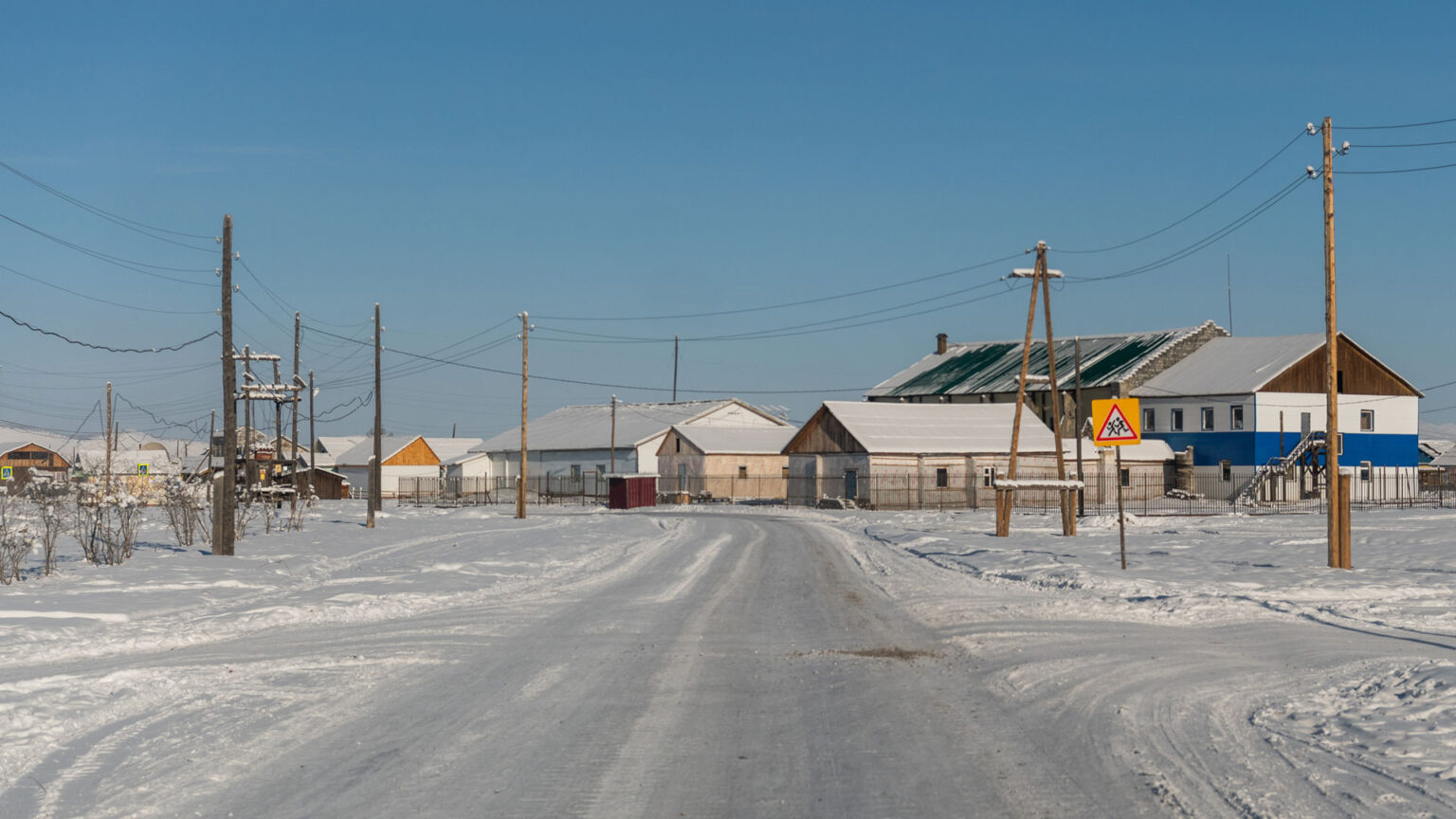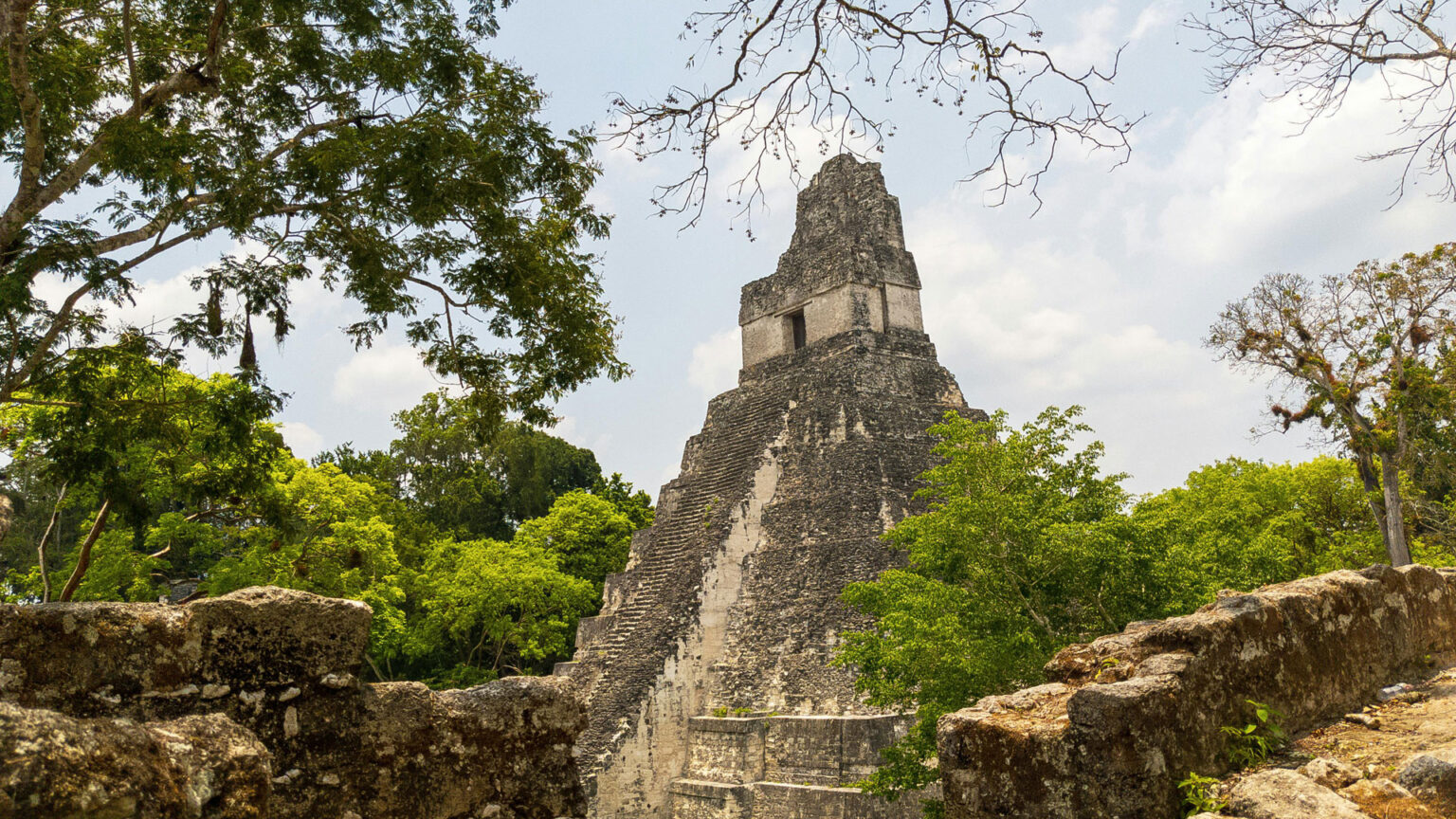Trolltunga Hike
A Challenging Adventure in Norway
Trolltunga Hike, a demanding yet rewarding trek in Norway’s Hardangervidda mountain plateau, offers breathtaking views and an unparalleled hiking experience. Located in the heart of Norway’s wilderness, this unique rock formation, resembling a troll’s tongue, stands at an elevation of 1,100 meters (3,600 ft) and attracts hikers and nature enthusiasts from around the world.

The Trolltunga Hike is a 22-kilometer (14-mile) round-trip journey that takes approximately 8-10 hours to complete. The trail is marked with red T’s and is considered challenging due to its steep inclines, rocky terrain, and unpredictable weather conditions. Hikers must be prepared for a demanding trek, but the scenery and views make it well worth the effort.
As you embark on the Trolltunga Hike, you’ll pass through a diverse range of landscapes, from lush forests to barren mountains. The trail takes you through a variety of terrain, including rocky outcrops, heather-covered moors, and picturesque valleys. Along the way, you’ll see stunning vistas, glacial lakes, and maybe even spot some wildlife like reindeer or eagles.
The unique rock formation of Trolltunga is a result of glacial erosion, which occurred during the last ice age. The glacier carved out the rock, creating a narrow ridge with a distinctive tongue-like shape. Over time, the rock has been weathered and eroded, resulting in its current form.
In Norwegian folklore, trolls are often depicted as powerful and mysterious creatures, and Trolltunga is said to be the tongue of a troll who was turned to stone by the sun. This legendary tale adds to the allure of the Trolltunga Hike, making it a must-do adventure for those seeking a unique and unforgettable experience.
Understanding the Geological History
The Trolltunga rock formation, a iconic landmark in Norway’s Hardangervidda mountain plateau, has a fascinating geological history. The unique shape of Trolltunga is a result of millions of years of glacial erosion, weathering, and tectonic activity.
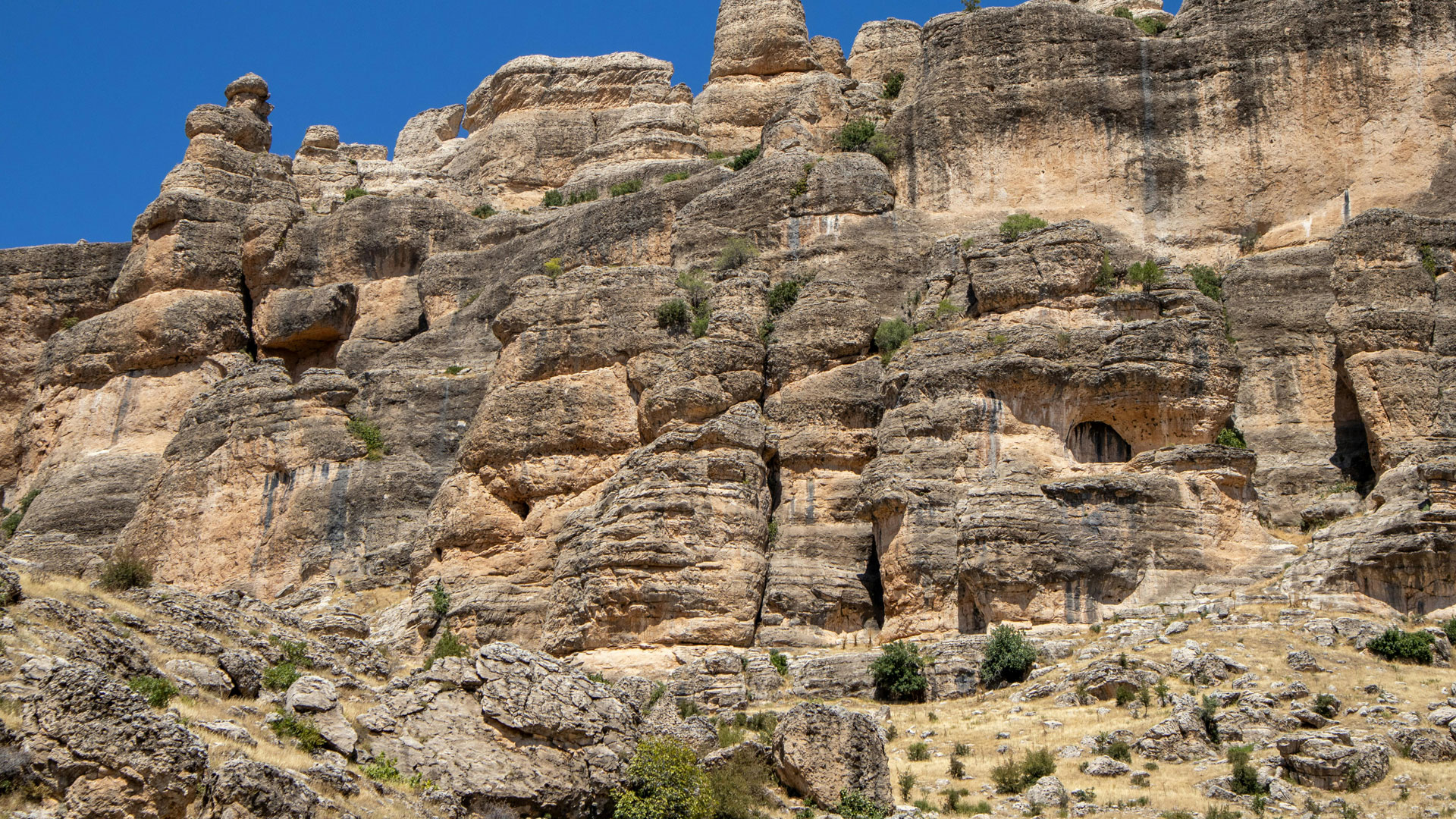
During the last ice age, massive glaciers covered the Hardangervidda plateau, carving out the landscape and creating unique rock formations like Trolltunga. The glacier’s movement and weight caused the rock to fracture and break off, resulting in the distinctive tongue-like shape.
In addition to glacial erosion, weathering processes like wind, water, and temperature fluctuations have also contributed to the formation’s shape. The rock’s composition, primarily gneiss and granite, has been shaped by these forces over millions of years.
Tectonic activity has also played a role in shaping the Trolltunga rock formation. The Hardangervidda plateau is situated near the boundary of two tectonic plates, which has led to uplift and folding of the rocks. This tectonic activity has contributed to the formation’s unique shape and orientation.
Understanding the geological history of Trolltunga adds depth and appreciation to the hiking experience. As you stand on the rock formation, you’re witnessing the result of millions of years of geological processes that have shaped this unique landscape.
Unveiling the Cultural Significance
Trolltunga, a distinctive rock formation in Norway’s Hardangervidda mountain plateau, holds a special place in Norwegian culture and folklore. For centuries, this natural wonder has inspired stories, legends, and artistic expressions, cementing its status as a cultural icon.

In Norwegian folklore, trolls are often depicted as powerful, mysterious creatures, and Trolltunga is said to be the tongue of a troll who was turned to stone by the sun. This legend has been passed down through generations, adding to the formation’s mystique and allure.
Trolltunga’s cultural significance extends beyond folklore. It has inspired numerous artistic works, from paintings to literature. The formation’s unique shape and majestic surroundings have captivated artists, who see it as a symbol of Norway’s wild and untamed nature.
In modern times, Trolltunga has become a popular hiking destination, attracting visitors from around the world. The hike to Trolltunga is not just a physical challenge but also a cultural experience, allowing hikers to connect with Norway’s natural heritage and rich cultural history.
The cultural significance of Trolltunga also lies in its connection to Norway’s indigenous people, the Sami. The Sami have a deep spiritual connection with the land and consider Trolltunga a sacred site.
Trolltunga has also played a role in Norwegian national identity, symbolizing the country’s strength and resilience. During World War II, Trolltunga was used as a symbol of resistance against the Nazi occupation.
Today, Trolltunga continues to inspire and captivate audiences, solidifying its place in Norwegian cultural identity. Whether through folklore, art, or hiking, Trolltunga remains an integral part of Norway’s cultural heritage.
A Challenging yet Rewarding Adventure
Hiking to Trolltunga is a challenging yet rewarding adventure that offers breathtaking views and an unforgettable experience. Located in Norway’s Hardangervidda mountain plateau, the Trolltunga rock formation is a must-visit destination for hikers and nature enthusiasts.
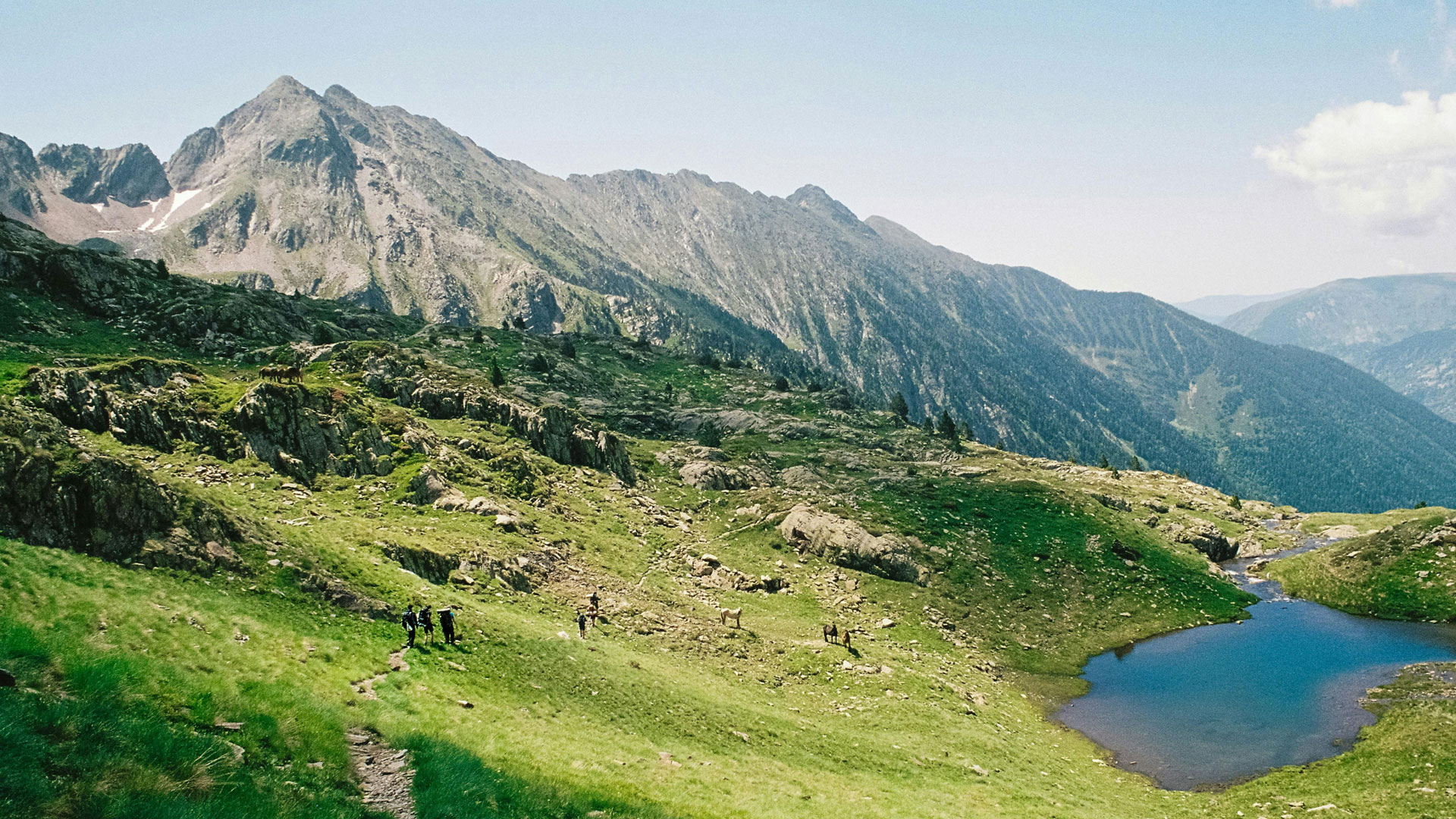
The hike to Trolltunga is approximately 22 kilometers (14 miles) round trip and takes around 8-10 hours to complete. The trail is marked with red T’s and is considered challenging due to its steep inclines, rocky terrain, and unpredictable weather conditions.
Hikers should be prepared for a demanding trek, bringing essential gear such as:
- Sturdy hiking boots with good grip
- Layers of clothing for changing weather conditions
- Waterproof jacket and pants
- Backpack with snacks, water, and first aid kit
- Map and compass or GPS device
The trail takes you through a diverse range of landscapes, from lush forests to barren mountains, offering stunning views of the surrounding landscape. Along the way, you’ll pass through:
- Dense forests of birch and pine trees
- Open mountain plateaus with wildflowers and grasses
- Rocky outcrops and scree slopes
- Glacial lakes and streams
As you approach the Trolltunga rock formation, you’ll be rewarded with breathtaking views of the valley below. The unique shape of Trolltunga, resembling a troll’s tongue, is a sight to behold, and the sense of accomplishment is overwhelming.
The hike to Trolltunga is not just about reaching the destination; it’s about the journey itself. The trail takes you through a variety of terrain, offering opportunities to:
- Spot wildlife such as reindeer, eagles, and hawks
- Take in the scenery and enjoy the peaceful surroundings
- Experience the beauty of Norway’s wilderness and nature
Trail Details and Essentials
The Trolltunga hike is a challenging yet rewarding adventure that requires careful planning and preparation. Understanding the trail details and essentials is crucial to ensure a safe and enjoyable journey.

Trail Length and Duration
The Trolltunga hike is approximately 22 kilometers (14 miles) round trip, taking around 8-10 hours to complete. The trail is marked with red T’s and is considered challenging due to its steep inclines, rocky terrain, and unpredictable weather conditions.
Trailhead and Parking
The trailhead is located at the Skjeggedal car park, which is accessible by car or public transportation. The car park has limited spaces, so it’s essential to arrive early or consider alternative parking options.
Elevation Gain
The trail has an elevation gain of approximately 1,000 meters (3,300 feet), with the highest point being the Trolltunga rock formation at 1,100 meters (3,600 feet) above sea level.
Terrain and Conditions
The trail takes you through a diverse range of landscapes, from lush forests to barren mountains. Be prepared for:
- Steep inclines and rocky terrain
- Unpredictable weather conditions, including snow, rain, and wind
- Limited visibility and foggy conditions
Navigation and Signage
The trail is marked with red T’s, but it’s essential to bring a map and compass or GPS device as a backup. Pay attention to trail signs and markers to ensure you stay on track.
Facilities and Services
There are limited facilities and services along the trail, including:
- Toilets and rest areas at the trailhead and midpoint
- Emergency shelters and huts
- Limited mobile phone coverage
Preparation and Planning Essentials
Preparation and planning are crucial for a successful and enjoyable Trolltunga hike. Understanding the essentials will help you prepare for the challenges ahead and ensure a safe journey.
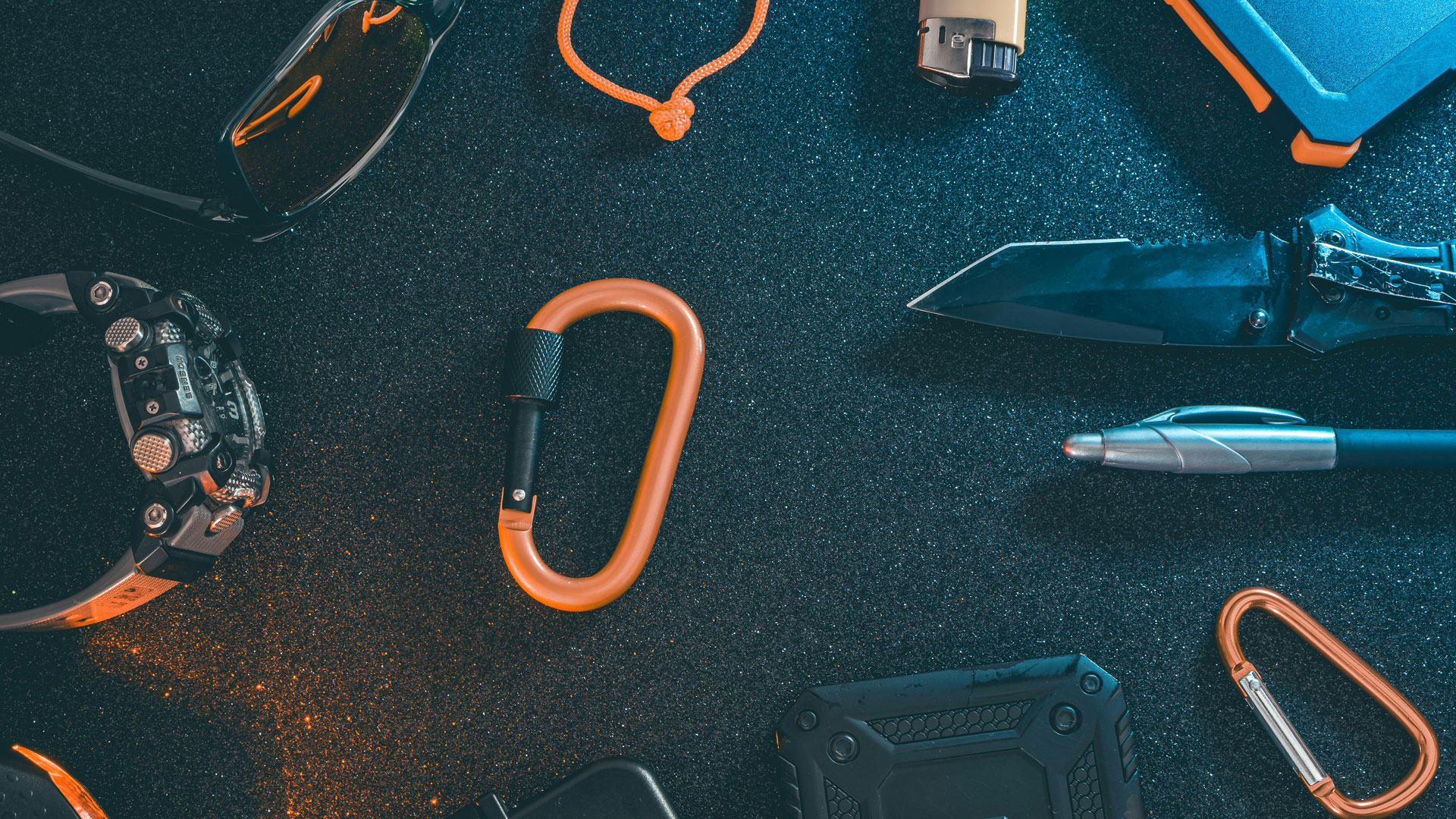
Physical Conditioning
The Trolltunga hike is challenging, with steep inclines and rocky terrain. Ensure you’re physically prepared by:
– Building up your endurance with regular exercise
– Incorporating strength training for your legs and core
– Acclimatizing to high altitudes (if necessary)
Gear and Equipment
Pack essential gear and equipment, including:
- Sturdy hiking boots with good grip
- Waterproof jacket and pants
- Insulating layers and warm hat
- Map, compass, and GPS device
- First aid kit and emergency shelter
Weather Forecasting
Check the weather forecast before embarking on your hike and be prepared for:
- Unpredictable weather conditions, including snow, rain, and wind
- Limited visibility and foggy conditions
Navigation and Safety
Bring a map, compass, and GPS device, and know how to use them. Additionally:
- Inform someone about your itinerary and expected return time
- Bring a personal locator beacon (PLB) or satellite phone (if necessary)
- Know basic first aid and emergency procedures
Accommodation and Transportation
Plan your accommodation and transportation in advance, including:
- Booking a hotel or lodge near the trailhead
- Arranging transportation to and from the trailhead
Permits and Regulations
Check if any permits or regulations apply to the Trolltunga hike, including:
- Parking permits
- Environmental regulations
- Restricted areas
Safety and Precautions Essentials
Safety and precautions are crucial for a successful and enjoyable Trolltunga hike. Understanding the potential hazards and taking necessary precautions will help minimize risks and ensure a safe journey.

Potential Hazards
Be aware of the following potential hazards:
- Steep inclines and rocky terrain
- Unpredictable weather conditions, including snow, rain, and wind
- Limited visibility and foggy conditions
- Wildlife encounters (e.g., reindeer, snakes)
- Altitude sickness (if you’re not acclimatized)
Precautions and Safety Measures
Take the following precautions and safety measures:
- Check the weather forecast and trail conditions before embarking on your hike
- Bring essential gear and equipment, including a first aid kit and emergency shelter
- Inform someone about your itinerary and expected return time
- Stay on marked trails and avoid taking unnecessary risks
- Be mindful of your physical limitations and turn back if you’re feeling unwell
- Bring a personal locator beacon (PLB) or satellite phone (if necessary)
Emergency Procedures
Know what to do in case of an emergency:
- Stay calm and assess the situation
- Call for help using your PLB or satellite phone (if necessary)
- Provide first aid if needed
- Find shelter and stay warm
Responsibility and Etiquette
Remember to:
- Respect the environment and wildlife
- Follow local regulations and guidelines
- Be considerate of other hikers and trail users
- Take all trash and waste with you
Accommodation and Transportation Options
Accommodation and transportation are essential components of planning your Trolltunga hike. Understanding your options will help ensure a comfortable and convenient journey.
Accommodation Options
Choose from the following accommodation options:
- Hotels and lodges near the trailhead
- Mountain huts and cabins along the trail
- Camping sites near the trailhead or along the trail
Booking and Availability
Book your accommodation in advance, especially during peak season (June to September). Check availability and prices, and consider booking a package deal that includes transportation and meals.
Transportation Options
Choose from the following transportation options:
- Drive to the trailhead and park in the designated car park
- Take public transportation (bus or train) to the nearest town and transfer to a local bus or taxi
- Book a private transfer or shuttle service
Parking and Fees
Be aware of parking fees and regulations at the trailhead:
- Parking fees apply (around NOK 200-300 per day)
- Limited parking spaces available
Transportation Tips
Consider the following transportation tips:
- Check the weather forecast and road conditions before driving
- Use public transportation to reduce your carbon footprint
- Book private transfers or shuttles in advance to ensure availability
Food and Water Essentials
Food and water are crucial for a successful and enjoyable Trolltunga hike. Understanding your options and planning ahead will help ensure you stay energized and hydrated throughout your journey.
Food Options
Choose from the following food options:
- Pack your own food and snacks
- Buy food and snacks at the trailhead or nearby towns
- Enjoy meals at mountain huts or lodges
Food Tips
Consider the following food tips:
- Pack lightweight, high-energy foods (e.g., nuts, dried fruits, jerky)
- Bring a water filter or purification tablets to ensure access to safe drinking water
- Avoid perishable foods and choose items with a long shelf life
Water Sources
Identify water sources along the trail:
- Streams and rivers
- Mountain huts and lodges
- Water filling stations
Water Safety
Take necessary precautions to ensure water safety:
- Use a water filter or purification tablets
- Avoid drinking from stagnant water sources
- Check water quality before consumption
Food and Water Storage
Properly store your food and water:
- Use airtight containers to keep food fresh
- Store food and water in a secure location to avoid wildlife encounters
Best Time to Hike – Seasonal Variations and Weather Conditions
The best time to hike Trolltunga depends on your preferences and what you’re prepared for. Summer (June to September) offers warm weather, long days, and access to all facilities. Autumn (September to November) brings mild temperatures, fewer crowds, and stunning foliage. Winter (December to March) is ideal for snowshoeing and skiing, but requires specialized gear and experience. Spring (April to May) can be challenging due to snow and unpredictable weather.
Wildlife and Flora – Types of Wildlife and Flora Found in the Area
Trolltunga’s unique location offers a diverse range of wildlife and flora. Common wildlife sightings include reindeer, red deer, and eagles. The area is also home to various flora, such as blueberries, cloudberries, and juniper trees. Be sure to respect and protect the natural environment during your hike.
Scenic Views and Landmarks – Notable Viewpoints and Landmarks Along the Trail
Trolltunga offers breathtaking scenic views and notable landmarks, including:
- Trolltunga rock formation
- Lake Ringedalsvatnet
- Mount Skjeggedal
- Waterfall Skjeggedalsfossen
- Mountain hut Skjeggedalshytta
Take your time to enjoy these viewpoints and landmarks, and don’t forget your camera!
Trolltunga in Popular Culture – Appearances in Media, Literature, and Art
Trolltunga has appeared in various forms of media, literature, and art, including:
- National Geographic’s “Best Hikes in the World”
- BBC’s “Planet Earth” series
- Norwegian literature, such as Henrik Ibsen’s “Peer Gynt”
- Artworks by Norwegian artists, such as Edvard Munch
- Social media platforms, with millions of hashtags and tags












